
Immerse Yourself in Ancient Wonders at the Musée du Louvre - Département des Antiquités Orientales
Explore the ancient treasures of the world at the Musée du Louvre's Département des Antiquités Orientales, a must-visit for culture enthusiasts in Paris.
Discover the rich tapestry of ancient civilizations at the Musée du Louvre's Department of Oriental Antiquities, where history comes alive through captivating artifacts and art. From the intricate beauty of Mesopotamian relics to the elegant sculptures of ancient Persia, this collection offers a profound glimpse into the cultures that shaped our world. Perfect for history buffs and casual visitors alike, this museum is a must-see destination in Paris.
A brief summary to Musée du Louvre - Département des Antiquités Orientales
- Paris, 75058, FR
- +33140205050
- Visit website
Local tips
- Visit during weekday mornings for a quieter experience and shorter lines.
- Consider purchasing a combined ticket for the Louvre to access more exhibitions.
- Download the museum's app for an audio guide that enhances your understanding of the exhibits.
Getting There
-
Walking
If you are in the Louvre-Tuileries area, you can easily walk to the Musée du Louvre - Département des Antiquités Orientales. From the Tuileries Garden, head towards the Louvre Pyramid, which is a large glass structure at the main entrance of the Louvre Museum. Once you reach the pyramid, enter the museum. The Département des Antiquités Orientales is located within the museum itself, so follow the signs inside the museum directing you to the Department of Oriental Antiquities. You may need to go through security checks at the entrance.
-
Public Transport - Metro
If you prefer to use public transport, the nearest metro station is Palais Royal - Musée du Louvre (Line 1 and Line 7). From any location in Louvre-Tuileries, walk to the nearest metro station (likely Tuileries). Once at Tuileries station, board the Line 1 train in the direction of Château de Vincennes. Travel just one stop and get off at Palais Royal - Musée du Louvre. From there, follow the signs to the Louvre Museum and proceed to the Département des Antiquités Orientales inside the museum. Note that a single metro ticket costs about €1.90.
-
Public Transport - Bus
Alternatively, you can take a bus to get to the Musée du Louvre. Look for bus lines 21, 27, or 39 which stop near the museum. If you are close to the Place de la Concorde, you can catch bus 21 towards Gare Saint-Lazare. Get off at Palais Royal - Musée du Louvre. After disembarking, follow the signs to the Louvre Museum. The entrance to the Département des Antiquités Orientales is inside the museum. The bus fare is also around €1.90.
Discover more about Musée du Louvre - Département des Antiquités Orientales
Iconic landmarks you can’t miss
Société des Amis du Louvre
0.2 km
Discover the rich cultural heritage of Paris at Société des Amis du Louvre, where art, history, and unique experiences await every visitor.
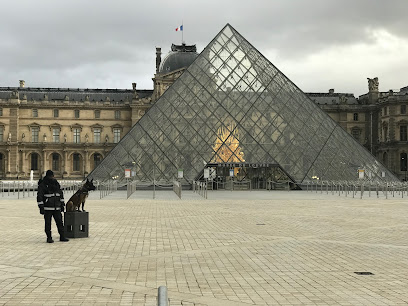
Pl. du Carrousel
0.2 km
Experience the charm of Place du Carrousel, a vibrant square in Paris surrounded by art, history, and stunning architecture.
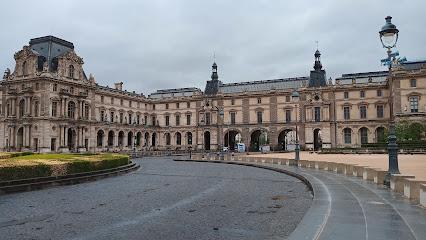
Quai François Mitterrand
0.2 km
Experience the enchanting beauty of Quai François Mitterrand, a scenic riverside promenade in Paris perfect for leisurely walks, dining, and photography.

Tourism France Louvre
0.3 km
Discover the artistic treasures of the Louvre Museum in Paris, where history and beauty intertwine in an unforgettable experience.
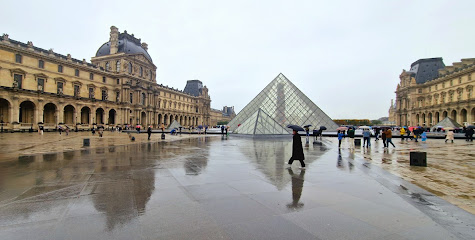
Loi Monuments Historiques
0.3 km
Explore the investment opportunities in Parisian historic monuments at Loi Monuments Historiques, where culture meets commerce.

3 Av. de l'Opéra
0.4 km
Explore the stunning Opéra Garnier, an architectural marvel in Paris showcasing lavish interiors and world-class performances.
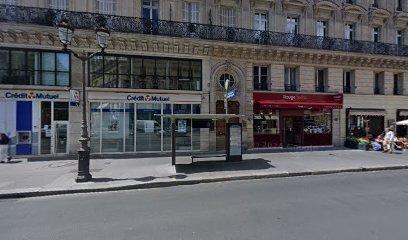
Jardin du Palais Royal
0.4 km
Discover the tranquil beauty of Jardin du Palais Royal, a historical garden oasis in the heart of Paris, perfect for relaxation and cultural exploration.
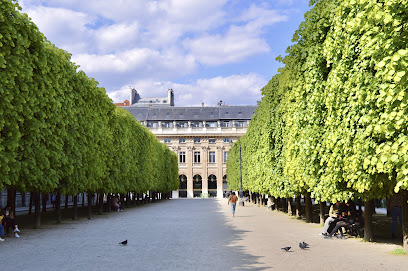
Porte des Lions
0.4 km
Discover the enchanting Porte des Lions, a historical landmark in Paris that connects art, culture, and breathtaking gardens in one stunning location.
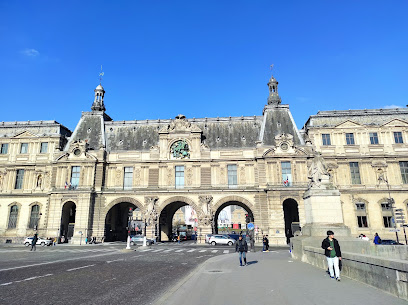
Au Bourdon d'or
0.4 km
Explore Au Bourdon d'or, a historical landmark in Paris that showcases the city's artistic heritage and invites visitors to dive into its rich past.

Rue de Rivoli & Pl. des Pyramides
0.5 km
Discover the vibrant heart of Paris at the Rue de Rivoli and Place des Pyramides intersection, where history meets modern charm amidst stunning architecture.

Statue of Joan of Arc Paris
0.5 km
Explore the Statue of Joan of Arc in Paris - a symbol of bravery and inspiration amidst the city's historical splendor.
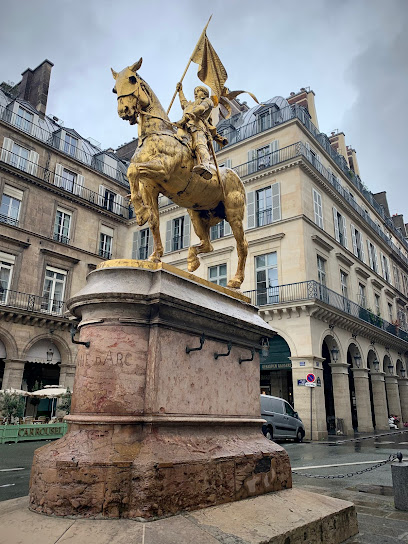
Square Gabriel-Pierné
0.5 km
Experience the tranquility and charm of Square Gabriel-Piérné, a hidden gem in Paris perfect for relaxation and picturesque moments.
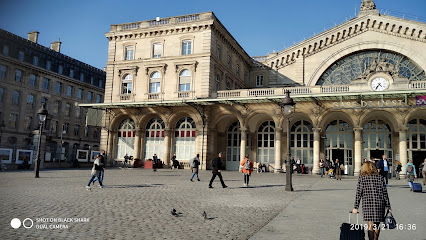
Jacques De Molay (Knight Templar) Memorial
0.5 km
Explore the Jacques De Molay Memorial in Paris, a historical landmark honoring the last Grand Master of the Knights Templar amidst the city's rich history.
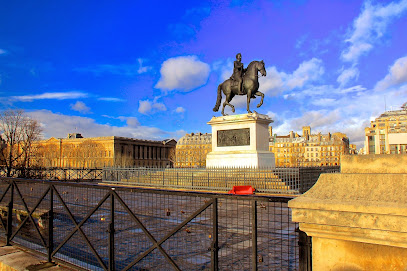
Equestrian Statue of Henri IV
0.5 km
Discover the Equestrian Statue of Henri IV, a historical monument in Paris that celebrates the legacy of the beloved king amidst stunning river views.
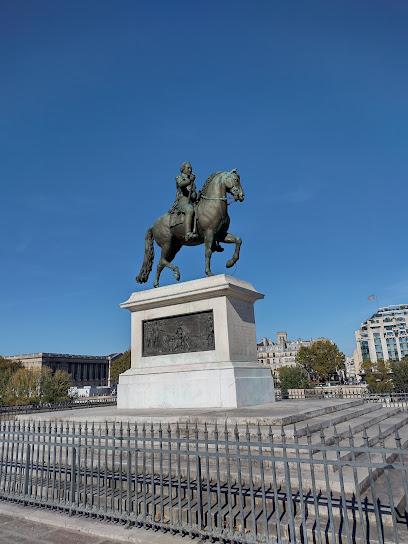
Place des Victoires
0.5 km
Explore the historical beauty of Place des Victoires, a vibrant Parisian square filled with rich culture, stunning architecture, and delightful cafes.
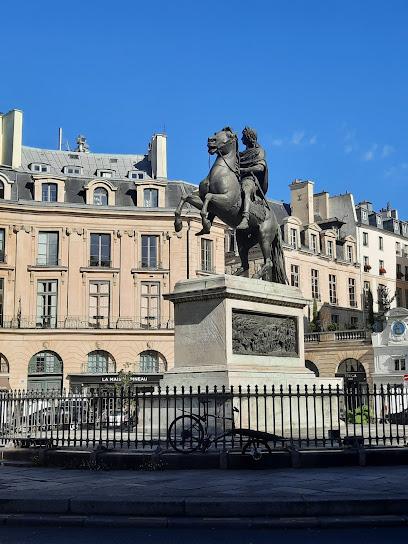
Unmissable attractions to see
Louvre Museum
0.1 km
Explore the Louvre Museum, a monumental treasure trove of art and history in the heart of Paris, home to iconic masterpieces and rich cultural heritage.

Auditorium du Louvre - Michel Laclotte
0.1 km
Discover the elegance of the Auditorium du Louvre - Michel Laclotte, a cultural gem nestled within the iconic Louvre Museum in Paris.
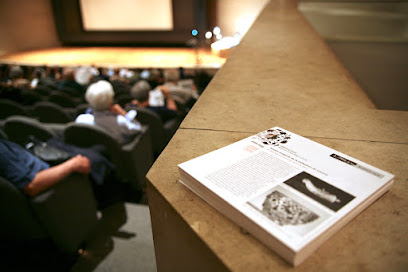
Louvre Pyramid
0.1 km
Discover the Louvre Pyramid, a stunning blend of modern architecture and world-class art at the iconic Louvre Museum in Paris.
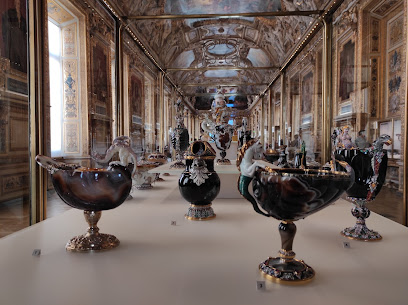
Cour Carrée
0.1 km
Discover the serene charm of Cour Carrée, a hidden architectural gem in the heart of Paris, perfect for relaxation and stunning photography.
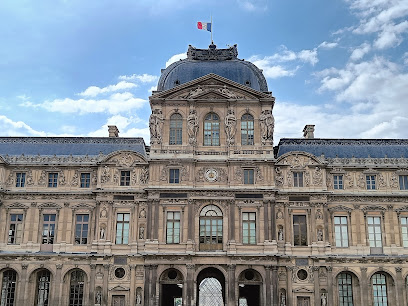
Victoire de Samothrace
0.1 km
Discover the stunning Victoire de Samothrace, an ancient Greek masterpiece that embodies victory and artistry within the renowned Louvre Museum in Paris.
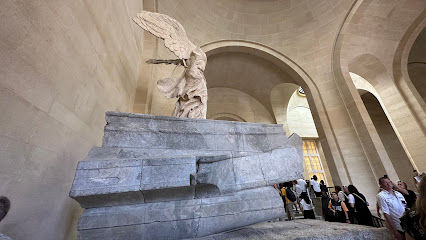
Krilata pobjeda Samotrake
0.2 km
Discover the breathtaking Krilata pobjeda Samotrake, a stunning sculpture in Paris that captures the essence of art, history, and culture along the Seine.
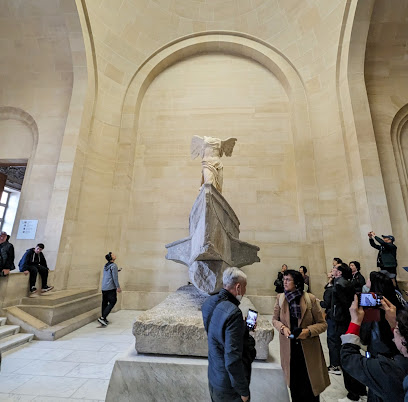
Galerie d'Apollon
0.2 km
Explore the breathtaking Galerie d'Apollon in Paris, a stunning art gallery showcasing exquisite works and rich French heritage.
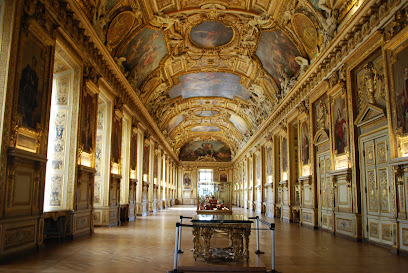
Monument of Gaspard de Coligny of Châtillon
0.2 km
Explore the Monument of Gaspard de Coligny in Paris, a historical landmark that unveils the rich tapestry of the French Wars of Religion.
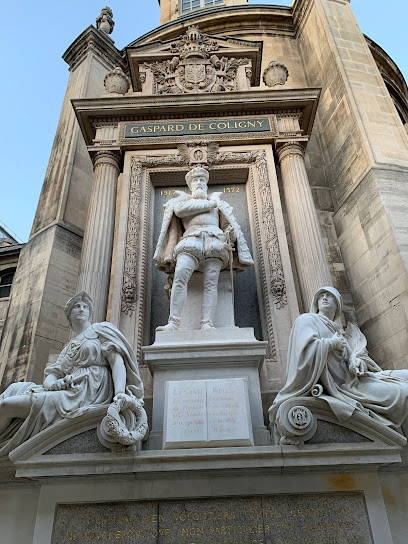
Louis XIV sous les traits de Marcus Curtius (copie)
0.2 km
Explore the captivating Louis XIV sculpture in the stunning Cour Napoléon of the Louvre, a monumental tribute to art and history in Paris.
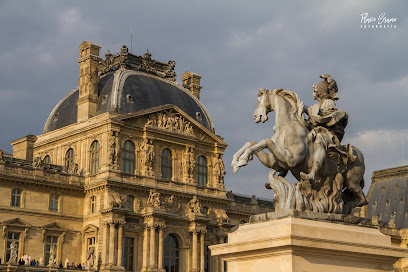
Protestant church of the Oratory of the Louvre
0.2 km
Experience the serenity of the Protestant Church of the Oratory of the Louvre, a cultural oasis in the heart of Paris, blending history, architecture, and music.
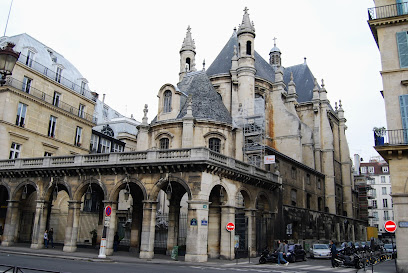
Artclub Gallery
0.2 km
Explore contemporary art at Artclub Gallery in Paris—where innovation meets tradition in a vibrant cultural hub.
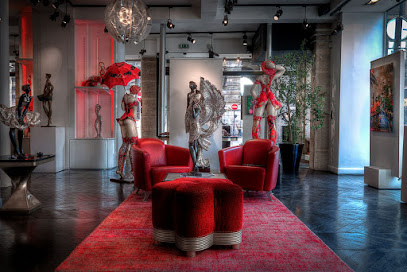
Église Protestante
0.2 km
Discover the tranquil beauty of Église Protestante, a serene church in Paris that invites reflection and showcases stunning architectural simplicity.
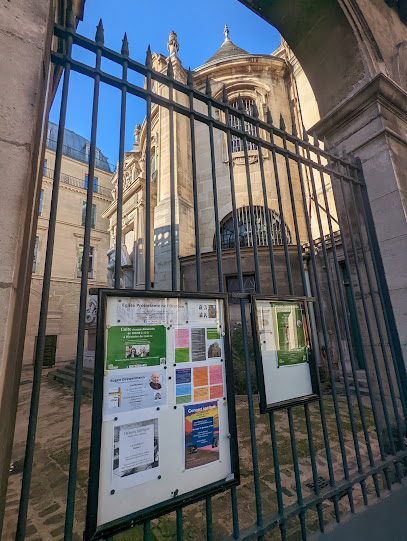
Eglise Réformée de l'Oratoire du Louvre
0.2 km
Explore the serene Eglise Réformée de l'Oratoire du Louvre, a historical gem in Paris showcasing stunning architecture and rich Protestant heritage.

Colonnade de Perrault
0.2 km
Discover the iconic Colonnade de Perrault at the Louvre, a masterpiece of classical architecture and a symbol of Parisian cultural heritage.
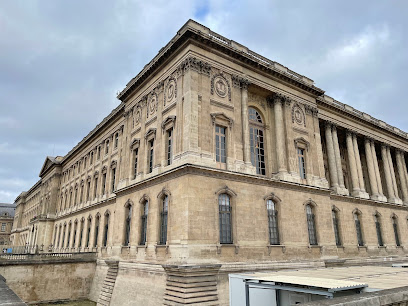
Place Colette
0.2 km
Discover the vibrant charm of Place Colette, a historical landmark in the heart of Paris, celebrating the legacy of renowned author Sidonie-Gabrielle Colette.

Essential places to dine
Le Café Marly
0.1 km
Experience exquisite modern French cuisine at Le Café Marly, offering stunning views of the Louvre in an elegant Parisian setting.
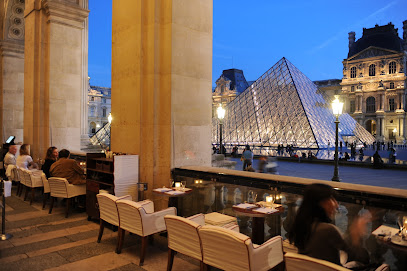
Bistrot Benoit
0.1 km
Experience authentic French cuisine at Bistrot Benoit, nestled in the iconic Hall Napoléon at the Louvre—perfect for families and tourists seeking tradition.
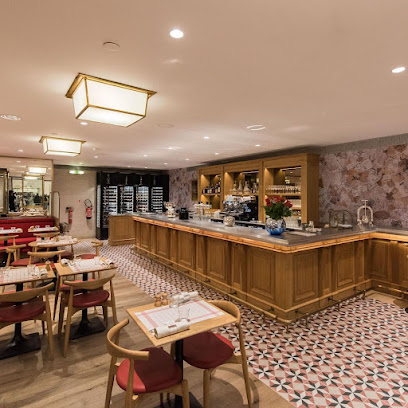
Le Comptoir du Louvre - Paul
0.1 km
Experience authentic French flavors at Le Comptoir du Louvre - Paul inside the iconic Musée du Louvre, perfect for art lovers and foodies alike.
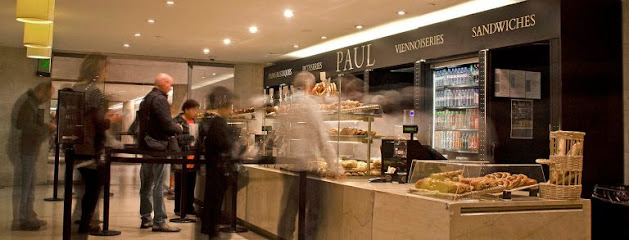
Brasserie du Louvre - Bocuse
0.2 km
Experience the heart of French cuisine and local brewing at Brasserie du Louvre - Bocuse in Paris.

La Dame de Pic
0.3 km
Experience culinary excellence at La Dame de Pic, where innovative French cuisine meets timeless elegance in the heart of Paris.
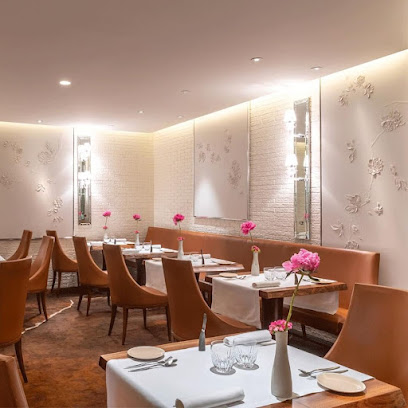
Le Louvre Ripaille
0.3 km
Experience the best of French cuisine at Le Louvre Ripaille - A delightful bistro offering exquisite dishes and fine wines in the heart of Paris.
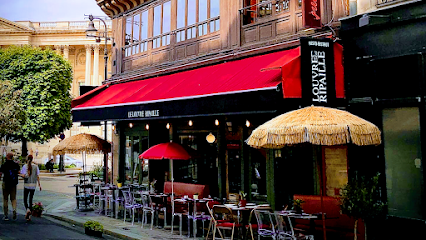
Loulou Restaurant Paris
0.4 km
Discover Loulou Restaurant in Paris - where Italian tradition meets French sophistication amidst stunning views.
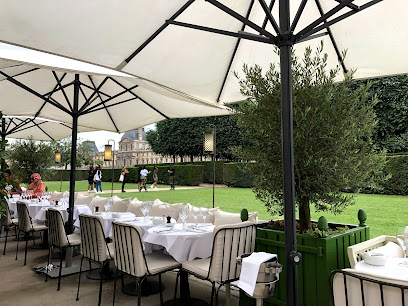
Café de Paris
0.4 km
Experience authentic French cuisine at Café de Paris - where tradition meets elegance in the heart of Paris.
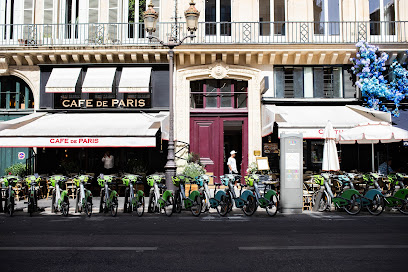
Le Musset
0.4 km
Discover the charm of authentic French cuisine at Le Musset, where culinary excellence meets Parisian elegance.
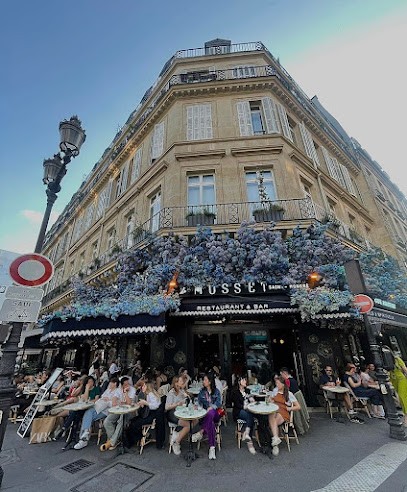
Le Calife
0.4 km
Experience exquisite French cuisine on a scenic cruise along the Seine River at Le Calife in Paris.

Palais Royal Restaurant
0.5 km
Experience fine dining at Palais Royal Restaurant, where haute French cuisine meets exquisite ambiance in the heart of Paris.

Mystery Cuisine
0.5 km
Experience exquisite French fine dining at Mystery Cuisine, where culinary artistry meets exceptional service in the heart of Paris.
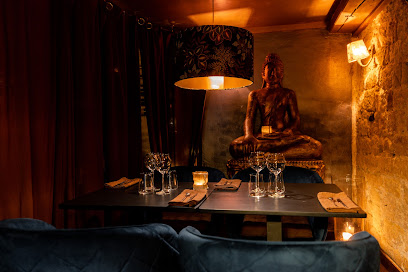
Restaurant Guy Savoy
0.5 km
Discover exquisite French haute cuisine at Restaurant Guy Savoy in Paris – where culinary artistry meets elegant ambiance.

Le Pré aux Clercs
0.7 km
Discover the essence of French cuisine at Le Pré aux Clercs in Paris – where tradition meets contemporary charm.
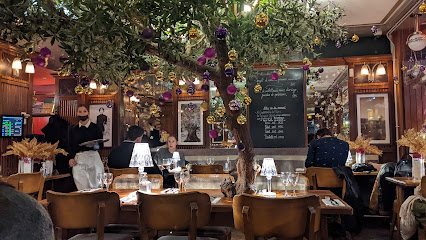
Boutary
0.7 km
Experience exquisite French cuisine at Boutary, where culinary artistry meets elegance in the heart of Paris.
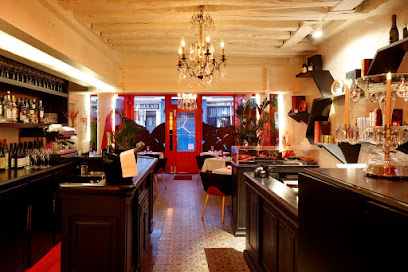
Markets, malls and hidden boutiques
Librairie-Boutique du Musée du Louvre
0.1 km
Explore the Librairie-Boutique du Musée du Louvre for a unique selection of books, art-inspired gifts, and souvenirs in the heart of Paris.
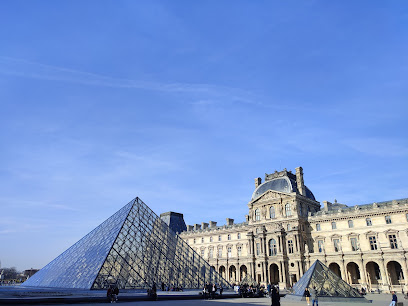
Pylones
0.2 km
Explore Pylones, a whimsical gift shop in Paris offering unique souvenirs, fashion accessories, and home decor that embody French creativity.
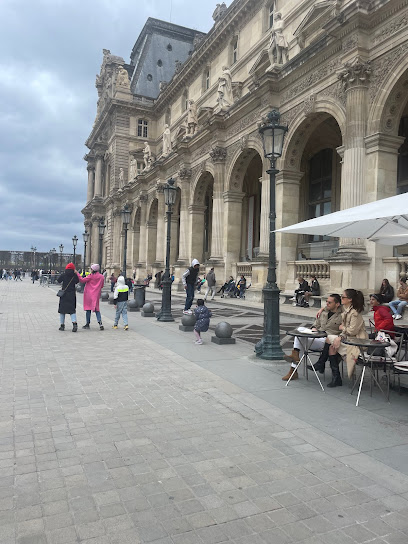
Sandro
0.2 km
Explore Sandro, a premier destination for contemporary fashion in Paris, offering stylish clothing, accessories, and a chic shopping experience.
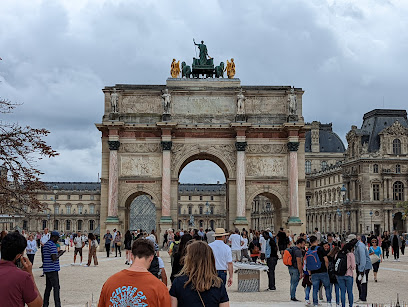
Carrousel du Louvre
0.2 km
Discover the luxurious shopping experience at Carrousel du Louvre, an architectural marvel in the heart of Paris, blending culture, cuisine, and couture.

Boutique Officielle Paris 2024 Carrousel du Louvre
0.2 km
Explore a treasure trove of authentic Parisian souvenirs at the Boutique Officielle, nestled within the iconic Carrousel du Louvre.

La Suvina - Souvenirs De Paris
0.3 km
Explore La Suvina, the enchanting souvenir store in Paris, offering unique gifts and treasures that embody the spirit of the City of Lights.
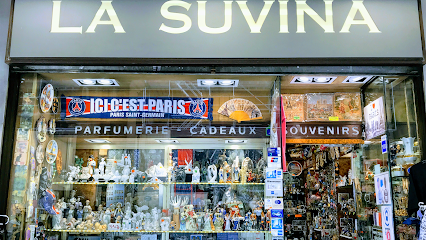
Urban Outfitters
0.3 km
Discover contemporary fashion and vintage vibes at Urban Outfitters in Paris—your ultimate shopping destination for unique styles and home decor.

Piou Piou Paris (Gift, souvenirs)
0.3 km
Explore Piou Piou Paris for unique souvenirs and home goods that embody the charm of the City of Lights.

FOROH SOUVENIRS
0.4 km
Discover unique keepsakes at Foroh Souvenirs, the perfect place to find authentic Parisian treasures along the Seine.

Astier de Villatte
0.4 km
Explore the artisanal charm of Astier de Villatte, where exquisite chinaware, candles, and unique decor come together in the heart of Paris.

NKH Paris - Pop up store
0.5 km
Experience the essence of Parisian fashion and art at NKH Paris, a boutique featuring unique clothing and accessories for every style.
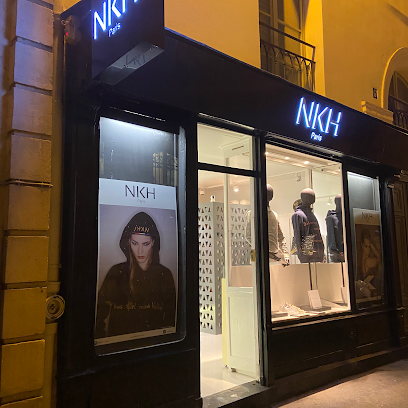
Aux Tuileries
0.5 km
Discover exquisite fashion accessories at Aux Tuileries, the heart of Parisian style and elegance.
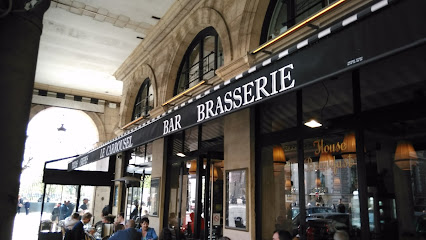
Renaissance - Vintage Fashion Paris
0.7 km
Discover unique vintage clothing pieces at Renaissance - Vintage Fashion Paris, the perfect spot for timeless fashion finds in the heart of the city.
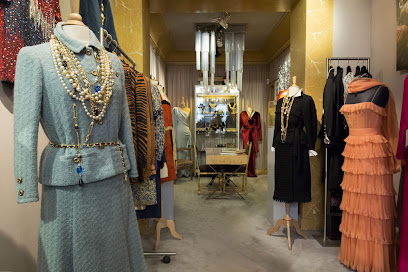
Souvenirs Center
0.7 km
Discover the essence of Paris at the Souvenir Center, where unique keepsakes and local craftsmanship await every traveler.

Westfield Forum des Halles
0.7 km
Discover the ultimate shopping and leisure experience at Westfield Forum des Halles, Paris' premier destination for fashion, food, and fun.

Essential bars & hidden hideouts
Officine du Louvre
0.2 km
Experience refined relaxation at Officine du Louvre, a chic cocktail and wine bar in the heart of Paris, perfect for unwinding after exploring the city.

Le Fumoir
0.3 km
Discover the heart of Paris at Le Fumoir, a delightful blend of French cuisine, a lively cocktail bar, and a charming tea house.

Le N'Importe Quoi
0.5 km
Experience the vibrant nightlife at Le N'Importe Quoi, Paris' eclectic cocktail bar with themed nights and a creative drink menu.
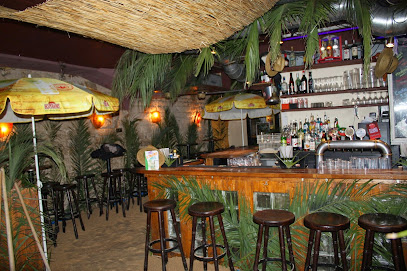
Bar Lumen
0.5 km
Indulge in exquisite cocktails at Bar Lumen, a stylish cocktail bar in the heart of Paris, perfect for an unforgettable evening.
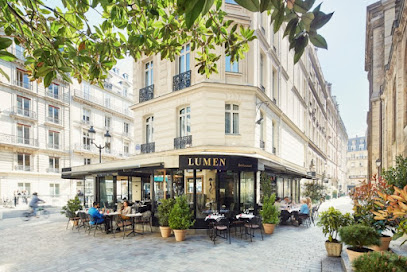
Velvet Bar Paris
0.6 km
Experience the essence of Parisian nightlife at Velvet Bar, where exquisite cocktails meet stylish ambiance in the city's vibrant heart.

Arbane
0.6 km
Discover Arbane, a chic cocktail bar in Paris offering creative drinks and a vibrant atmosphere for an unforgettable night out.

Prescription Cocktail Club
0.7 km
Discover the innovative cocktails and vibrant atmosphere at Prescription Cocktail Club, a top cocktail bar in the heart of Paris.

The Crazy Heart
0.7 km
Experience the vibrant nightlife of Paris at The Crazy Heart, where expertly crafted cocktails and a lively atmosphere await you.
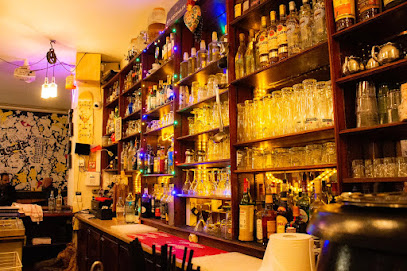
Le Dernier Bar avant la Fin du Monde
0.8 km
Discover the whimsical charm and vibrant atmosphere of Le Dernier Bar avant la Fin du Monde, a must-visit bar and restaurant in the heart of Paris.

Au Petit Bar
0.8 km
Discover Au Petit Bar: A quintessential Parisian bar offering a cozy ambiance, delightful drinks, and a taste of authentic local culture.
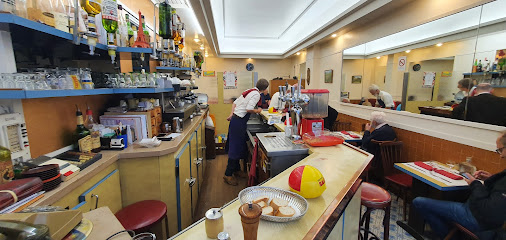
The Bar Du Marché
0.8 km
Experience the essence of Paris at The Bar Du Marché, where delightful drinks and traditional French cuisine come together in a vibrant atmosphere.
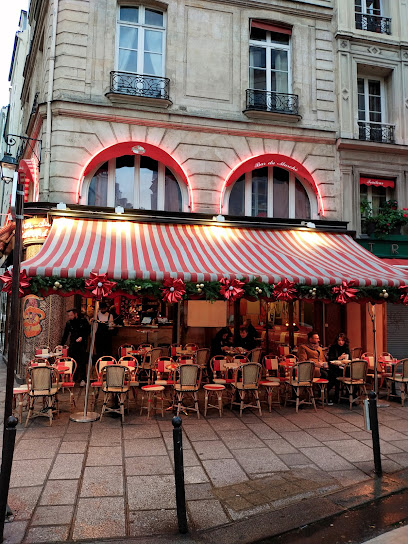
LE BISCORNU BAR
0.8 km
Discover the magic of cocktails and bistro delights at Le Biscornu Bar, a unique spot in the heart of Paris, perfect for unwinding after a day of exploration.

Les Deux Magots
0.9 km
Experience the timeless charm of Les Deux Magots, a historic café in Paris, offering exquisite cuisine and a vibrant atmosphere in the heart of Saint-Germain-des-Prés.
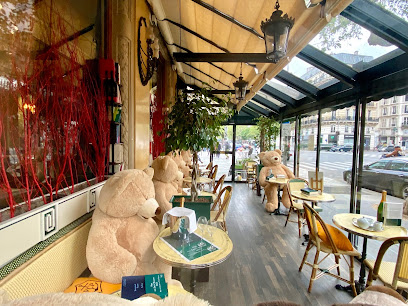
The Characters Bar Paris
0.9 km
Discover the vibrant atmosphere of The Characters Bar in Paris, where innovative cocktails meet a lively nightlife scene, perfect for socializing and relaxation.
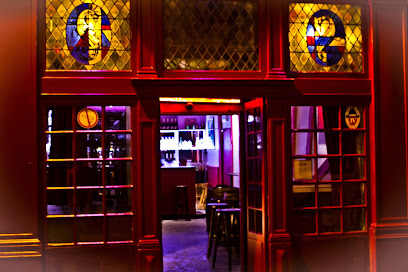
Bar Tuileries
0.9 km
Experience the elegance of Paris at Bar Tuileries, a cozy bar offering exquisite drinks and delightful ambiance in the city's heart.




